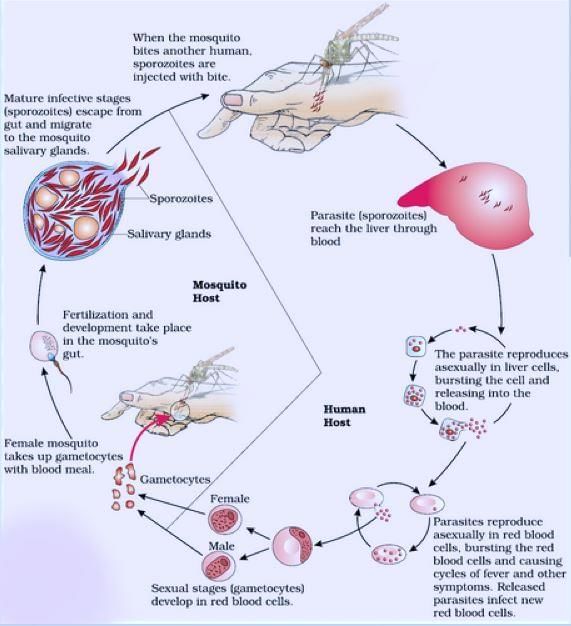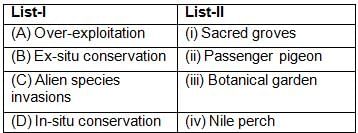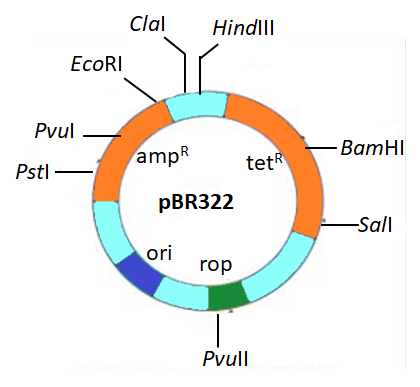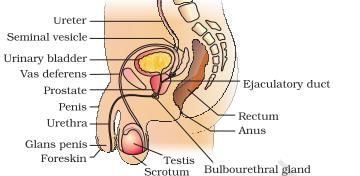SRMJEEE Biology Mock Test - 4 - JEE MCQ
30 Questions MCQ Test - SRMJEEE Biology Mock Test - 4
Two cell organelles in plant cell having own genetic material is called
Graffian follicle are characteristically found in the
Select correct sequence about life cycle of Plasmodium
Which of the following experiments provided evidence for the abiotic synthesis of organic molecules?
Which phase of meiosis is characterized by the separation of sister chromatids?
Select incorrect option with respect to given diagram
Roots developed from parts of the plant other than radicle are called
Implantation of fertilised egg or young embryo occurs under the influence of
Assertion (A): Competitive inhibitors bind to the active site of an enzyme, preventing substrate binding.
Reason (R): Competitive inhibition can be overcome by increasing the concentration of the substrate.
Match the source gland with respective hormone as well as the function correctly.
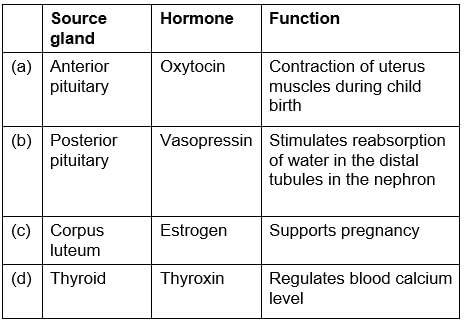
Which part of the brain is involved in thermoregulation?
Which hormone is primarily involved in the regulation of blood calcium levels?
Which of the following best describes the function of the centrioles in animal cells?
Assertion (A): Myosin and actin filaments slide past each other during muscle contraction.
Reason (R): The sliding filament theory explains the mechanism of muscle contraction.
Given below are the partial pressures (in mmHg) of oxygen and carbon dioxide at different parts involved in diffusion in comparison to those in the atmosphere.
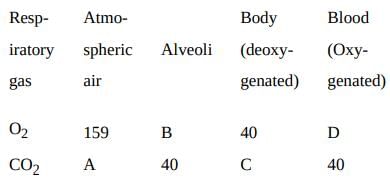
Choose the correct option w.r.t. the values of partial pressures (in mmHg) marked as A, B, C and D

Which of the following best describes the S phase of the cell cycle?
The enlarged end of penis is covered by a loose fold of skin is called.
What hormone is responsible for regulating the metabolic rate of the body?
A and B in pBR322, shown in the diagram given below, respectively represent recognition sequences of:
Which one of the following does not act as a neurotransmitter ?
Given below are three statements (A-B) each with one or more blanks. Select the option which correctly fills the blanks in the statements Statements:
| A. | Bioactive molecule, ________ is used as immunosuppressive agent in organ transplant patients, It is produced by the fungus ________. |
| B. | Primary treatment of sewage involves physical removal of small and large particles through ________. |
According to Hardy - weinberg principle, the frequency of homozygous recessive (aa) individuals in a population is denoted by
Match the following organisms with their characteristics:

Following is a diagrammatic representation of male reproductive tract
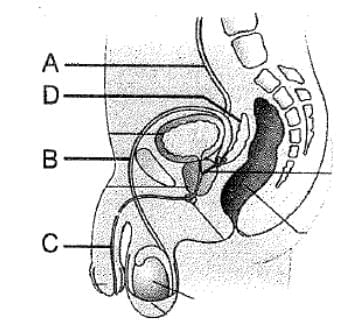
Which of the following labelled structure is removed or tied up through a small incision on the scrotum in case of surgical method of contraception in males
Which one of the following is the correct matching of three items and their grouping category?
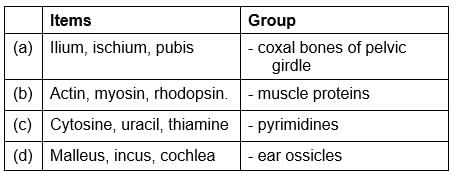
Which of the following is incorrect identification of the organisms and its three characteristics features?
Identification and Characteristics



